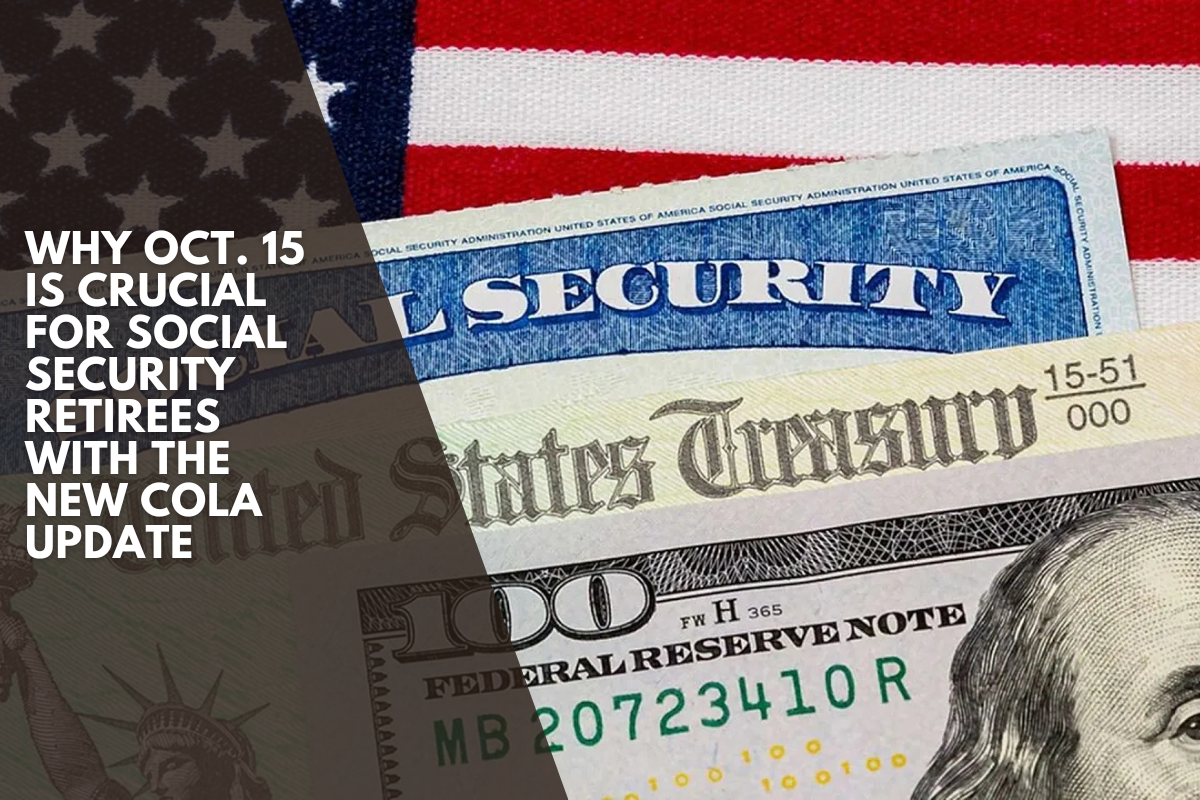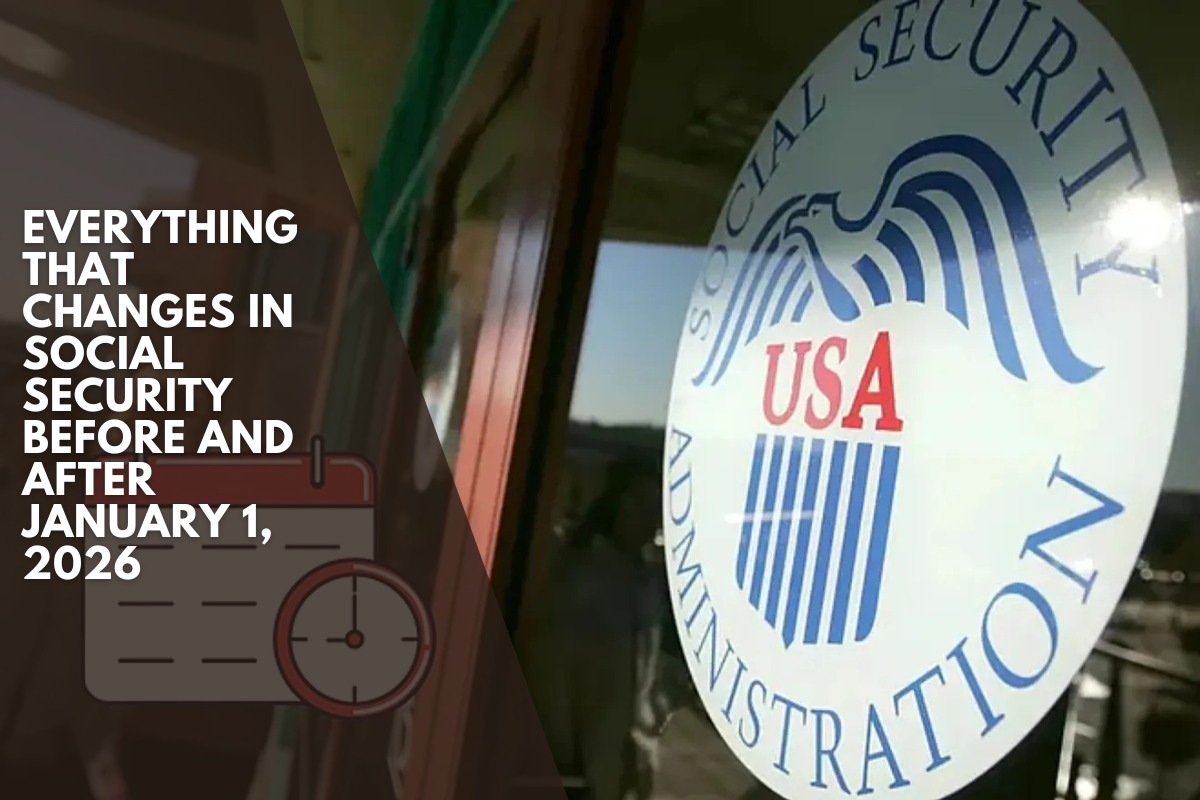The U.S. Senate has passed the “One Big Beautiful Bill Act” (OBBBA), which brings some tax relief to older Americans. The law was praised as a way to remove federal taxes on Social Security benefits, but the reality is more limited. While the bill helps seniors aged 65 and above, it leaves out many Social Security Disability Insurance (SSDI) recipients—especially those under the age of 65.
If you’re receiving SSDI benefits and wondering how this new law affects you, here’s a clear breakdown of what has changed and what hasn’t.
What Is the OBBBA and What Does It Promise?
The “One Big Beautiful Bill Act” is a large tax reform plan supported by former President Trump. One of its main highlights is that it promises to eliminate taxes on Social Security benefits. But in reality, it doesn’t fully remove those taxes for everyone.
Instead, it introduces a temporary bonus deduction of $6,000 for people aged 65 and older. This bonus is added to the regular standard deduction and will be available from 2025 to 2028. You get this benefit whether you itemize or not.
According to the White House, this move means that 88% of seniors who receive Social Security won’t pay federal tax on their benefits during this period.
What About SSDI Recipients Under 65?
That’s where the problem lies. People under 65 who receive SSDI are not eligible for this extra $6,000 deduction.
Here’s what this means for them:
- If your combined income (which includes half your SSDI plus any other income) is over $25,000 for individuals or $32,000 for couples, then up to 85% of your benefits can be taxed.
- These income limits haven’t changed since the 1980s, so more people are being taxed today than ever before.
In short, younger disabled Americans who rely on SSDI as their main source of income still face tax burdens. They don’t benefit from the “senior bonus” introduced by the OBBBA.
Why Is This a Problem?
Many SSDI recipients under 65 are financially vulnerable. Most cannot work and depend entirely on monthly disability payments. For them, even a small tax can make a big difference. Critics argue that the OBBBA ignores millions of disabled Americans, while favoring only older retirees.
Also, cutting taxes on Social Security without replacing that revenue could hurt the long-term health of the Social Security and Medicare systems. Experts from the Committee for a Responsible Federal Budget (CRFB) warn that this could cause Social Security to run out of money one year earlier—by 2032.
If nothing is done, this might lead to automatic cuts of 24% in retirement payments for everyone.
How Much Do SSDI Recipients Get in 2025?
In 2025, the maximum SSDI benefit is $4,018 per month, but only for high earners with a strong work history.
Most people receive less than that. On average, monthly SSDI payments are around $1,580.
These payments are based on your past earnings and payroll tax contributions, unlike SSI, which is based on financial need.
Conclusion
The One Big Beautiful Bill Act does offer meaningful tax relief—but only for retirees aged 65 and above. These seniors will benefit from an extra $6,000 deduction from 2025 to 2028, which can make their Social Security benefits tax-free.
But the law excludes millions of SSDI recipients under age 65, who still face taxes on their benefits if their income exceeds outdated limits. This leaves a big gap in support for the disabled community.
While older Americans enjoy savings, the long-term impact on the Social Security system is still uncertain. With rising concerns about insolvency and benefit cuts in the next decade, balancing tax relief with financial sustainability remains a key challenge for lawmakers.












